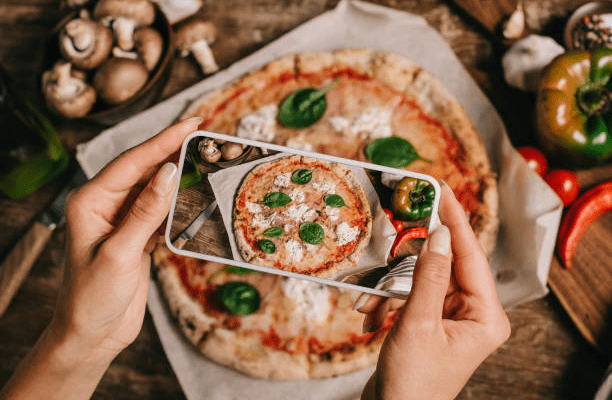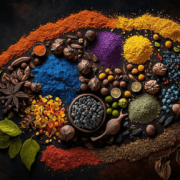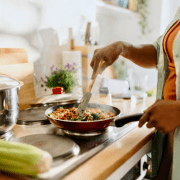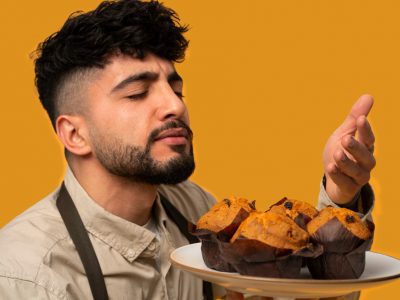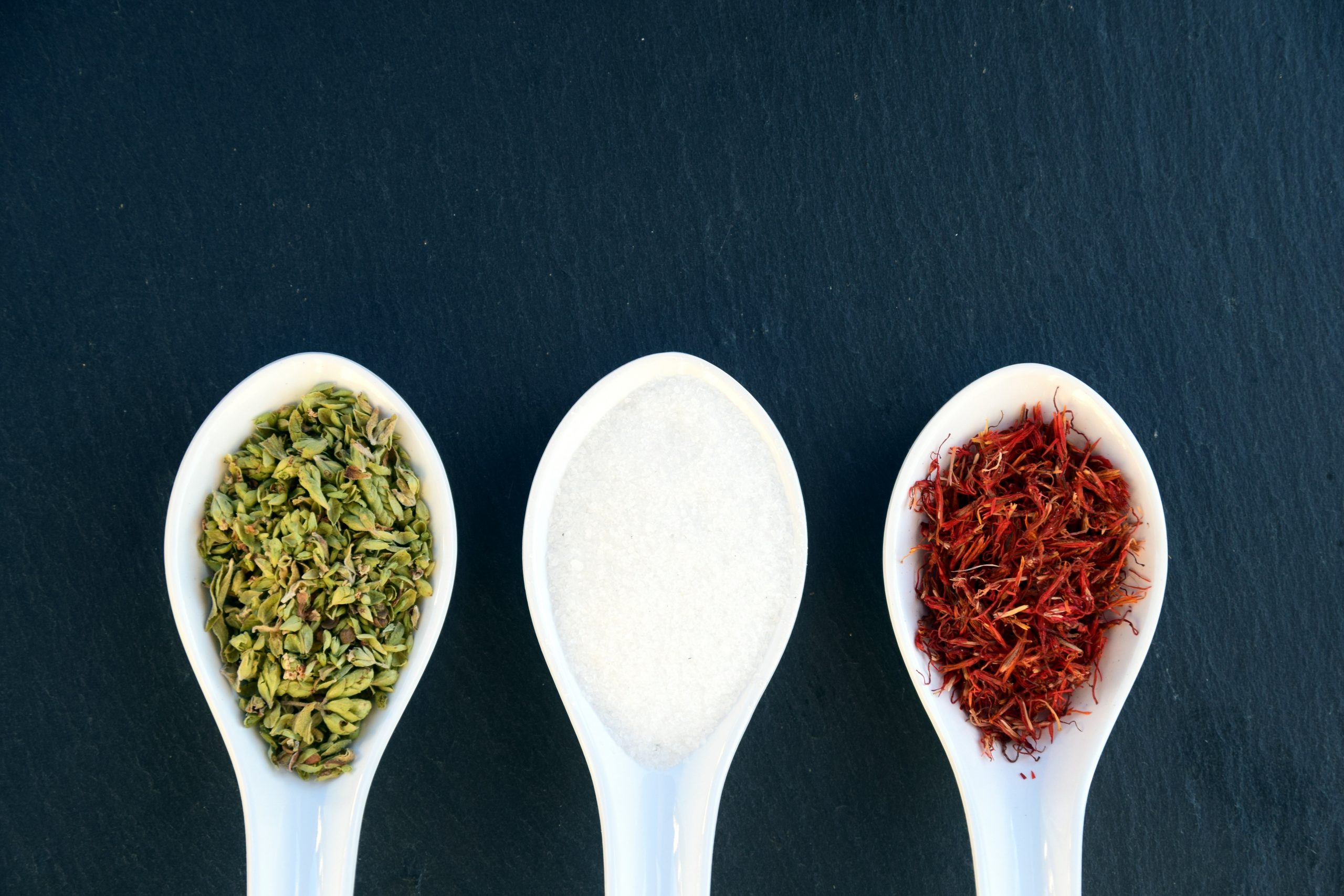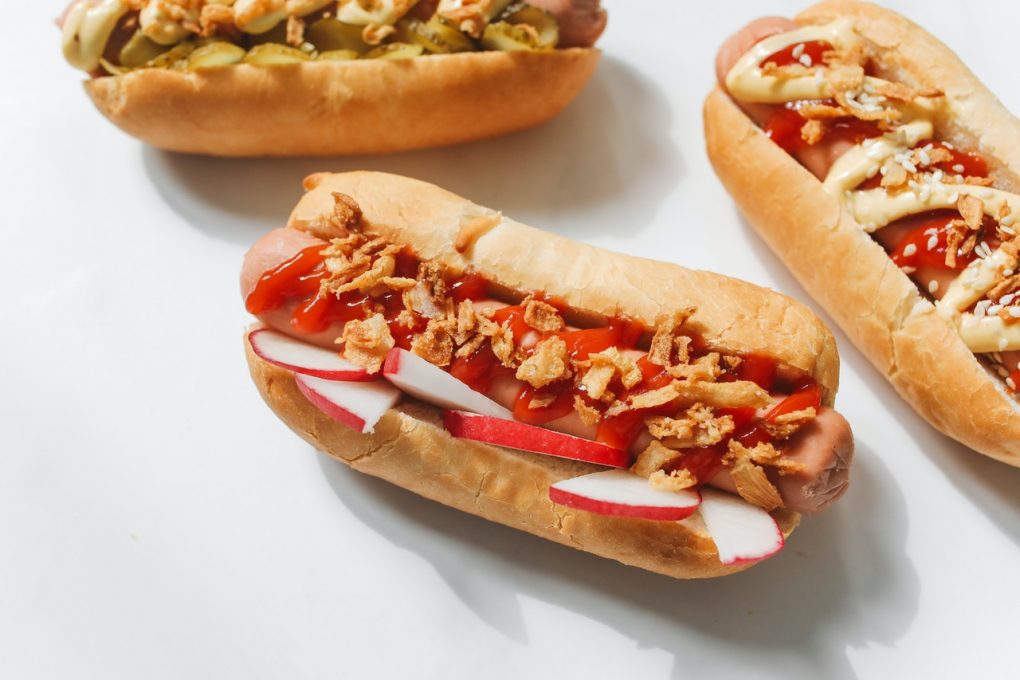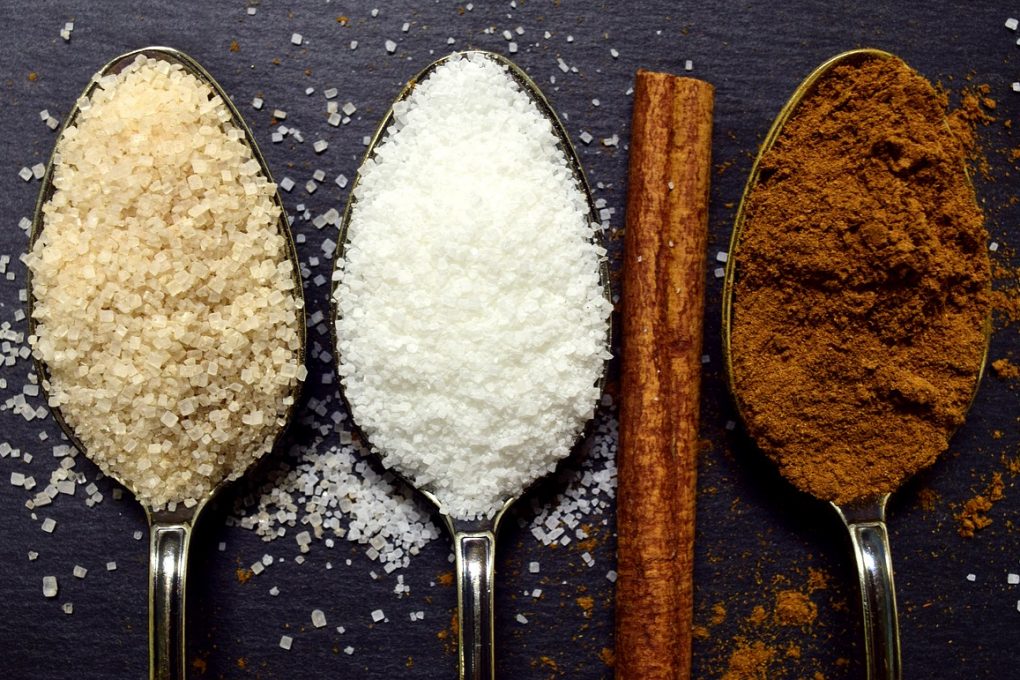Photographing the vibrant and diverse tastes inherent to Indian cuisine is an art in its own right. With the increasing popularity of social media and food blogging, food photography has become a necessity for food enthusiasts and culinary lovers alike. Perfected by Bangalore food lover or the professional food blogger, it can help you lift the quality of your content making your dishes look as delicious as they taste. Here are some tips that will help you get started on essential food photography tips India has.

Introduction to Basic Food Photography
Food photography is more than just pointing a camera at a plate of food. It’s about telling stories, evoking emotions and making viewers crave the dish. Below find useful fundamentals:
Light is Everything
When it comes to food photography, natural light is the best way to go. It brings out the textures and colors in the foods making it look more inviting. You can take advantage of Bangalore’s bright daylight; place your dish near a window or do an outdoor shoot for better natural lighting experience. In order not to have unflattering shadows from too much overhead light then avoid shooting under harsh overhead lights.
Pick Out The Right Props
Props are very important in food photography because they bring context and depth into your images.Use traditional utensils, colorful fabrics, rustic tableware if you are doing shoots with Indian meals.These enhance genuineness in a scene and match with nature of Indian cuisine which is being vivid.
Framing & Styling
The composition on your plate will play a great role when arranging your meal therefore before photo-shooting consider this aspect.The rule of thirds makes for balanced compositions while considering how colours and textures of ingredients interact on this serving space.Garnishes such as coriander/cilantro leaves or spices could add colourfulness yet delectability essentially make them more appealing.
Details Matter
Some details of a dish can be brought out in close-up shots. These include capturing a hot curry steam rising, oil shimmering on a paratha, or detailed patterns on a dosa. Such details could make your viewers believe that they can have the taste of the food through the screen.
Advanced Food Photography Tips India Offers

After mastering the basics, one can venture into more advanced techniques. Here are some tips that will take your food photography to the next level:
Experiment With Angles
Different angles may be applied when trying to find the best angle to photograph one’s dish from.A 45-degree angle is often most versatile but do not hesitate to attempt overheard shots or extreme close-ups; each meal might have its own special angle which emphasizes the dish’s best attributes.
Using A Tripod
A tripod is essential for food photography as it allows you to keep steady cameras resulting in sharper images.This comes in handy especially when you need to fix composition without moving your camera or in dim lighting conditions.
Bring In Motion
Making your food photography look more active by incorporating motion into it.Combine sauces being poured, spices being sprinkled or even slicing at an item.These acts breathe life into your photos and make them captivating.
Post Production and Editing
Editing is an essential part of food photography. Enhance the colours, contrast and sharpness of your images using software like Adobe Lightroom or mobile apps. However, be careful not to overdo it as you want to enhance the natural beauty of the food rather than create some unrealistic images.
Food Photography with Indian Touch
Indian food has a range of vibrant shades, textures and cultural symbols that can help make your food photos more innovative and gripping; here are a few pointers specific to India:
Emphasise on Regional Specialties
India’s culinary landscape is incredibly diverse, where different regions offer unique dishes with distinct flavors. Inclusion of regional specialties in photography makes it look original. Whether it may be Hyderabad’s biryanis that smell so nice; Mumbai’s hot street foods or those mild sweets from Bengal; they all are capable of captivating your viewers.
Traditional Backgrounds
Photographing Indian food in traditional settings can make the pictures look more authentic. Think about shooting in a countryside kitchen, vibrant bazaar or any traditional dining room you find convenient. These locations can provide a fertile environment that resonates well with the cultural spirit behind this kind of food.
Documentation Of Festive Feasts
Indian festivals go hand in hand with grand feasts and special dishes that are associated with them alone. Simply taking photo shots during these festive meals can add a celebratory vibe to your photography works. A spread for Diwali is an extensive celebration for Indians; variety of sweets during ied; colourful plates marking holi all bring this mood into their respective contexts through photographs.
Conclusion: Take Your Food Photography To The Next Level

To master Indian food photography you need practice, creativity, understanding both technicality and culture aspects involved among them such as these tips on Indian Food Photography do exist as well but how many times have we used such? By incorporating these food photography tips India has to offer, you can create stunning images that do justice to the rich and diverse flavors of Indian cuisine. Whether you’re a Bangalore foodie or an experienced food blogger, these recommendations will assist you in capturing appetizing photos that will leave your viewers yearning for more.
Ready to showcase your culinary creations and discover the best restaurants in Bangalore? Download the HOGR app today to browse and book with top eateries near you. Our pre-curated lists are designed to suit your taste and elevate your dining experience. Happy shooting and happy eating!
The above tips will enable you to come up with food photographs that not only look yummy but also tell a story of Indian cuisine through all lens possible.
Also Read- India’s Most Luxury Food Ingredients India: Luxury Back in the Kitchen
